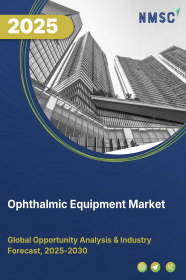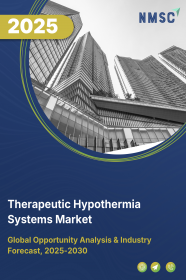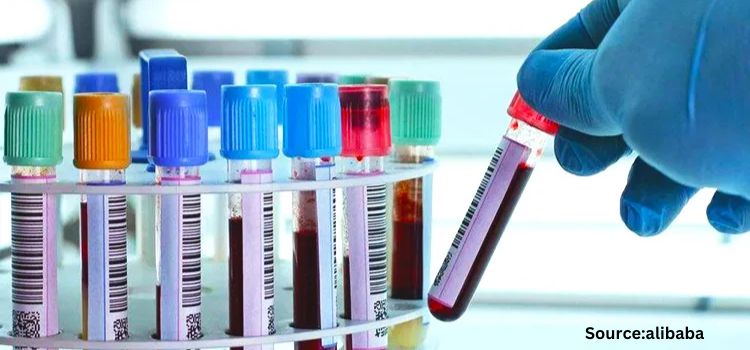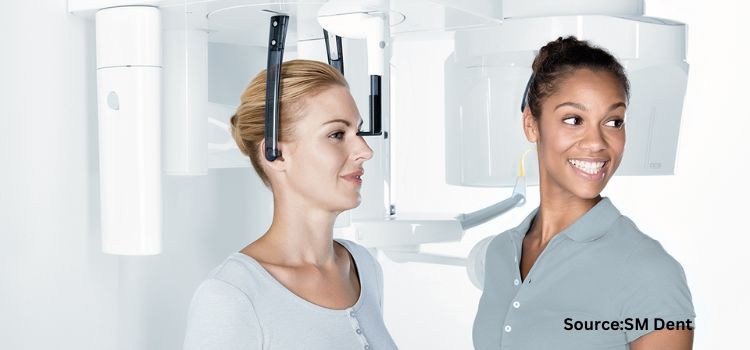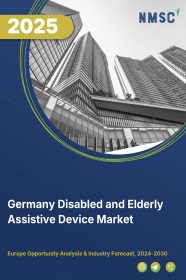
Germany Disabled and Elderly Assistive Device Market by Type (Mobility Impairments, Hearing Impairments, Visual Impairments, Cognitive Impairments, and Self-Care), and by End User (Hospitals, Elderly Nursing Homes, Home Care, and Other End Users) – Opportunity Analysis and Industry Forecast, 2024 – 2030
Industry: Healthcare | Publish Date: 17-Feb-2025 | No of Pages: 153 | No. of Tables: 117 | No. of Figures: 62 | Format: PDF | Report Code : HC1073
US Tariff Impact on Germany Disabled and Elderly Assistive Device Market
Trump Tariffs Are Reshaping Global Business
Germany Disabled & Elderly Assistive Device Market Overview
The Germany Disabled & Elderly Assistive Device Market size was valued at USD 1.54 billion in 2023, and is predicted to reach USD 2.86 billion by 2030, at a CAGR of 8.2% from 2024 to 2030.
The disabled & elderly assistive device market refers to a wide range of products and services designed to support the aging population and individuals with disabilities in maintaining their autonomy and improving their quality of life. This market covers medical furniture, hearing aids, mobility aids and living aids, that are crucial for managing chronic conditions and ensuring safety.
Innovations in these areas are driven by the need to address the growing challenges of an aging population and the diverse requirements of individuals with disabilities, making this market integral to enhancing accessibility and wellbeing. This market is fueled by growing rate of disabled individuals, rapid technological advancements, and evolving regulatory landscapes, the assistive device industry prioritizes inclusivity and continuously adapts to meet the ever-changing needs of its diverse user base.
The Robust Healthcare Expenditure Boosts the Germany Disabled & Elderly Assistive Device Market Growth
Germany's significant healthcare expenditure is a major driver of growth in the disabled & elderly assistive device market. With one of the highest healthcare expenditures in Europe, Germany allocates a substantial portion of its GDP to healthcare, ensuring robust funding for healthcare infrastructure and advanced medical devices. According to the European Commission 2024 report, Germany recorded the highest healthcare expenditure among the EU member that accounted for USD 536.97 billion in 2021. Germany's substantial healthcare expenditure supports growth in assistive device, fostering innovation and improving accessibility for seniors and individuals with disabilities.
Government Policies and Reimbursement Schemes Fuels the Growth of the Market
Government policies and reimbursement schemes in Germany significantly drive the Germany disabled & elderly assistive device market demand. Financial support through programs such as the Pflegeversicherung also known as long-term care insurance helps to cover the costs of assistive devices for those in need. The Pflegeversicherung covers healthcare expenses for individuals in old age, costing up to 4% of their income. This reduces the financial burden on individuals and families, making it easier for them to acquire essential devices.
The Regulatory Challenges Hinders the Growth of the Germany Disabled & Elderly Assistive Device Market Trends
The market for assistive devices for the disabled and elderly faces significant regulatory challenges that restrain growth and innovation. Regulatory bodies such as the Federal Institute for Drugs and Medical Devices (BfArM), and other national agencies impose stringent approval processes, requiring assistive products, especially medical devices, to undergo extensive testing and certification before entering the market. This ensures safety and efficacy but delays product launches and elevate costs significantly. These factors collectively pose substantial barriers, limiting the availability of assistive devices in the market.
The Integration of AI Into Assistive Device is Expected to Create Ample Growth Opportunity for the Market
The integration of assistive technology such as artificial intelligence (AI) and advanced sensors into disabled & elderly assistive devices represents a transformative leap towards a future where these devices are not only more advanced but also more personalized and accessible than ever before.
AI enables assistive devices to evolve beyond static solutions, becoming dynamic and adaptable to the specific needs of each user. Through machine learning algorithms, these devices learn from user interactions, continuously improving their functionality and responsiveness.
Competitive Landscape
The promising players operating in Germany disabled & elderly assistive device industry includes Ottobock SE & Co. KGaA, MEYRA GmbH, PRO ACTIV Reha-Technik GmbH, Bischoff & Bischoff GmbH, Thomas Hilfen fur Korperbehinderte GmbH & Co. Medico KG., Dietz Reha Produkte GmbH, DRIVE MEDICAL GMBH & CO. KG, SORG Rollstuhltechnik GmbH, Sonova Holdings AG, Cochlear Deutschland GmbH & Co. KG, Invacare Holdings Corporation, Sunrise Medical, Permobil AB,Demant A/S, Starkey Laboratories, Inc., and others.
Germany Disabled & Elderly Assistive Device Market Key Segments
By Type
-
Mobility Impairments
-
Wheelchairs
-
Walkers and Rollators
-
Canes and Walking Sticks
-
Crutches
-
Portable Ramps
-
Others
-
-
Hearing Impairments
-
Hearing aids
-
FM System
-
Deafblind communicators for hearing
-
-
Visual Impairments
-
Screen readers
-
Optical magnifiers
-
Smart phones for vision
-
Braille writing equipment
-
Talking Devices
-
-
Cognitive Impairments
-
Self-Care
-
Shower Chairs
-
Grab-bars/handrails
-
By End User
-
Hospitals
-
Elderly Nursing Homes
-
Home Care
-
Other End Users
Key Players
-
Ottobock SE & Co. KGaA
-
MEYRA GmbH
-
PRO ACTIV Reha-Technik GmbH
-
Bischoff & Bischoff GmbH
-
Thomas Hilfen fur Korperbehinderte GmbH & Co. Medico KG.
-
Dietz Reha Produkte GmbH
-
DRIVE MEDICAL GMBH & CO. KG
-
SORG Rollstuhltechnik GmbH
-
Sonova Holdings AG
-
Cochlear Deutschland GmbH & Co. KG
-
Invacare Holdings Corporation
-
Sunrise Medical
-
Permobil AB
-
Demant A/S
-
Starkey Laboratories, Inc.
REPORT SCOPE AND SEGMENTATION:
|
Parameters |
Details |
|
Market Size Value in 2023 |
USD 1.54 billion |
|
Revenue Forecast in 2030 |
USD 2.86 billion |
|
Value Growth Rate |
CAGR of 8.2% from 2024 to 2030 |
|
Analysis Period |
2023–2030 |
|
Base Year Considered |
2023 |
|
Forecast Period |
2024–2030 |
|
Market Size Estimation |
Billion (USD) |
|
Growth Factors |
|
|
Companies Profiled |
10 |
|
Customization Scope |
Free customization (equivalent up to 80 working hours of analysts) after purchase. Addition or alteration to country, regional, and segment scope. |
|
Pricing and Purchase Options |
Avail customized purchase options to meet your exact research needs. |

















 Speak to Our Analyst
Speak to Our Analyst



